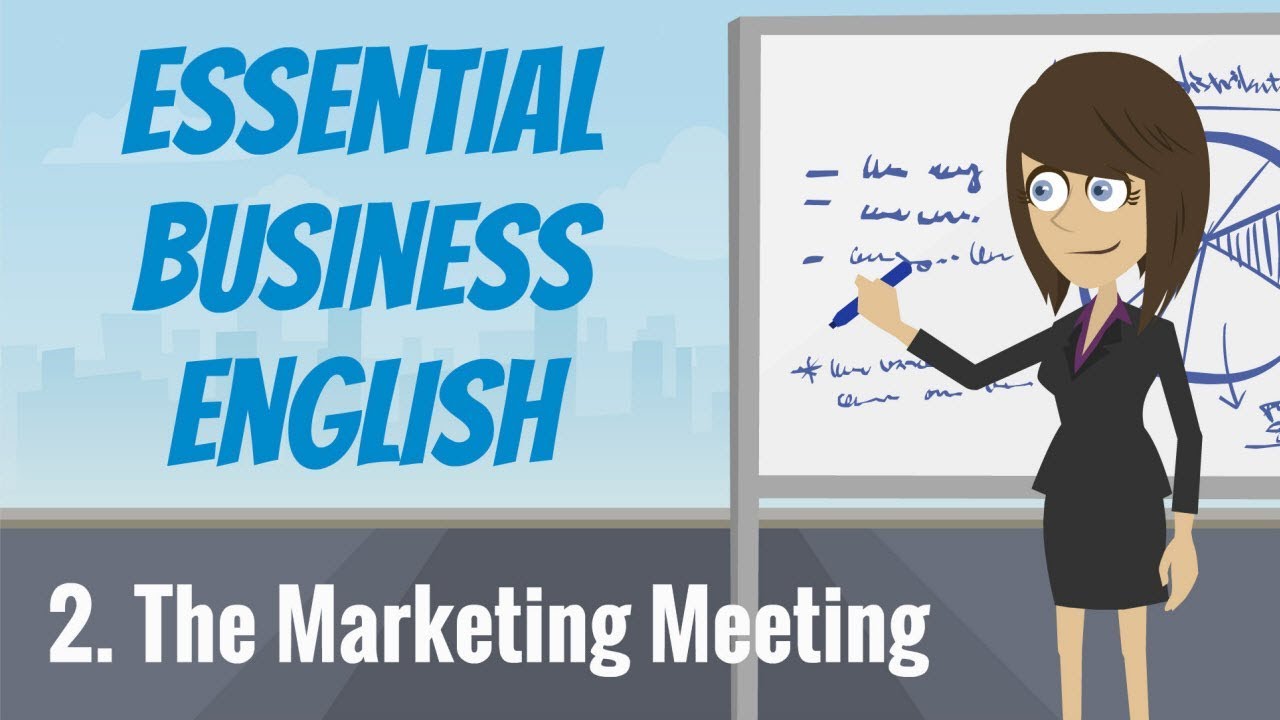Unraveling the Intricacies of Consumer Decision-Making
Consumer behavior is a fascinating realm where psychology meets economics, and understanding the decision-making process is crucial for marketers and businesses alike. Let’s delve deeper into the dynamics of consumer behavior, exploring the factors that influence purchasing decisions and the stages consumers go through before making a choice.
Factors Influencing Decision-Making: Level of Involvement
The level of involvement plays a pivotal role in determining how consumers approach purchasing decisions. This factor reflects the extent to which consumers care about making the perfect choice. Are they deeply invested in ensuring they make the right decision, or are they more casual in their approach? Understanding the level of involvement provides valuable insights for marketers seeking to tailor their strategies accordingly.
Exploring Types of Buying Decision Behavior
Consumer behavior can manifest in various forms, shaped by both the degree of involvement and the level of experience with the product. Let’s dissect four distinct types of buying decision behavior that emerge from these factors:
1. Brand Loyalty: This behavior epitomizes unwavering commitment to a particular brand, even in the face of competition’s allure. Brand loyalty thrives in scenarios where consumers exhibit high involvement and extensive experience with the product. It’s a testament to the emotional connection and trust consumers place in a brand, driven by a combination of positive experiences and personal beliefs.
2. Extended Problem Solving: When consumers are highly involved in a purchase but lack substantial experience with the product, they engage in extended problem-solving. This scenario often unfolds in significant purchases like buying a first car, where consumers meticulously evaluate alternatives to ensure they make an informed choice. Marketers endeavor to transform extended problem-solving into brand loyalty by delivering exceptional experiences that foster long-term relationships with the brand.
3. Limited Problem Solving: In situations characterized by low involvement and minimal experience, consumers opt for limited problem-solving approaches. This streamlined decision-making process involves bypassing extensive research and swiftly transitioning from recognizing a need to making a purchase. Examples include routine purchases like grabbing lunch or selecting everyday household items.
4. Habit or Variety Seeking: Habitual purchasing behavior or occasional exploration of alternatives defines this category, prevalent in low-involvement yet highly experienced scenarios. Consumers may stick to familiar brands out of habit or occasionally venture into trying new products for the sake of variety, without significant investment in the decision-making process.

Implications for Marketing Strategy
Understanding the nuances of consumer behavior informs strategic decision-making for marketers aiming to capture audience attention and foster brand loyalty. Key considerations include:
- Level of Involvement: Assessing the degree of consumer investment in the decision-making process helps tailor marketing efforts to resonate with their mindset and preferences.
- Competitive Landscape**: Analyzing the competitive environment sheds light on the potential for cultivating brand loyalty and the necessity of differentiation to stand out amidst competitors.
- Brand Differentiation**: Clear differentiation is essential for establishing brand identity and fostering consumer loyalty. Highlighting unique selling propositions enables brands to carve out a distinct niche in the market.
Navigating the Buyer Decision-Making Process
The consumer decision-making process comprises five stages, each offering opportunities for marketers to influence and guide consumer choices:
1. Problem Recognition: Consumers identify a discrepancy between their current state and desired state, signaling the need for a solution.
2. Information Search: Extensive research ensues as consumers seek information to evaluate available options and make informed decisions.
3. Evaluation of Alternatives: Consumers weigh the pros and cons of various alternatives, narrowing down choices to a consideration set based on predefined criteria.
4. Purchase Decision: A final decision is made, considering factors such as product attributes, brand beliefs, and decision heuristics.
5. Post-Purchase Behavior: Satisfaction or dissatisfaction post-purchase shapes future interactions with the brand, influencing brand loyalty and word-of-mouth referrals.
Key Takeaways
- Consumer behavior is influenced by the interplay of involvement level and experience with the product.
- Marketers must tailor strategies to match consumers’ decision-making processes, leveraging insights to drive brand loyalty and engagement.
- Understanding the stages of the buyer decision-making process empowers marketers to optimize their approach and enhance consumer experiences.
FAQs
Q: How does consumer involvement impact brand loyalty?*
A: Consumer involvement influences the depth of emotional connection and commitment to a brand, with high involvement fostering brand loyalty through positive experiences and perceived value.
Q: What role do decision heuristics play in consumer decision-making?*
A: Decision heuristics serve as mental shortcuts that consumers employ to simplify decision-making processes, relying on cues such as brand familiarity, price-quality relations, and personal recommendations.
Conclusion
Consumer behavior is a multifaceted domain shaped by individual preferences, experiences, and situational factors. By delving into the intricacies of consumer decision-making, marketers can craft targeted strategies that resonate with consumers, fostering brand loyalty and driving business success. By understanding the nuances of consumer behavior and the stages of the buyer decision-making process, businesses can unlock opportunities for meaningful engagement and long-term relationships with their audience.




